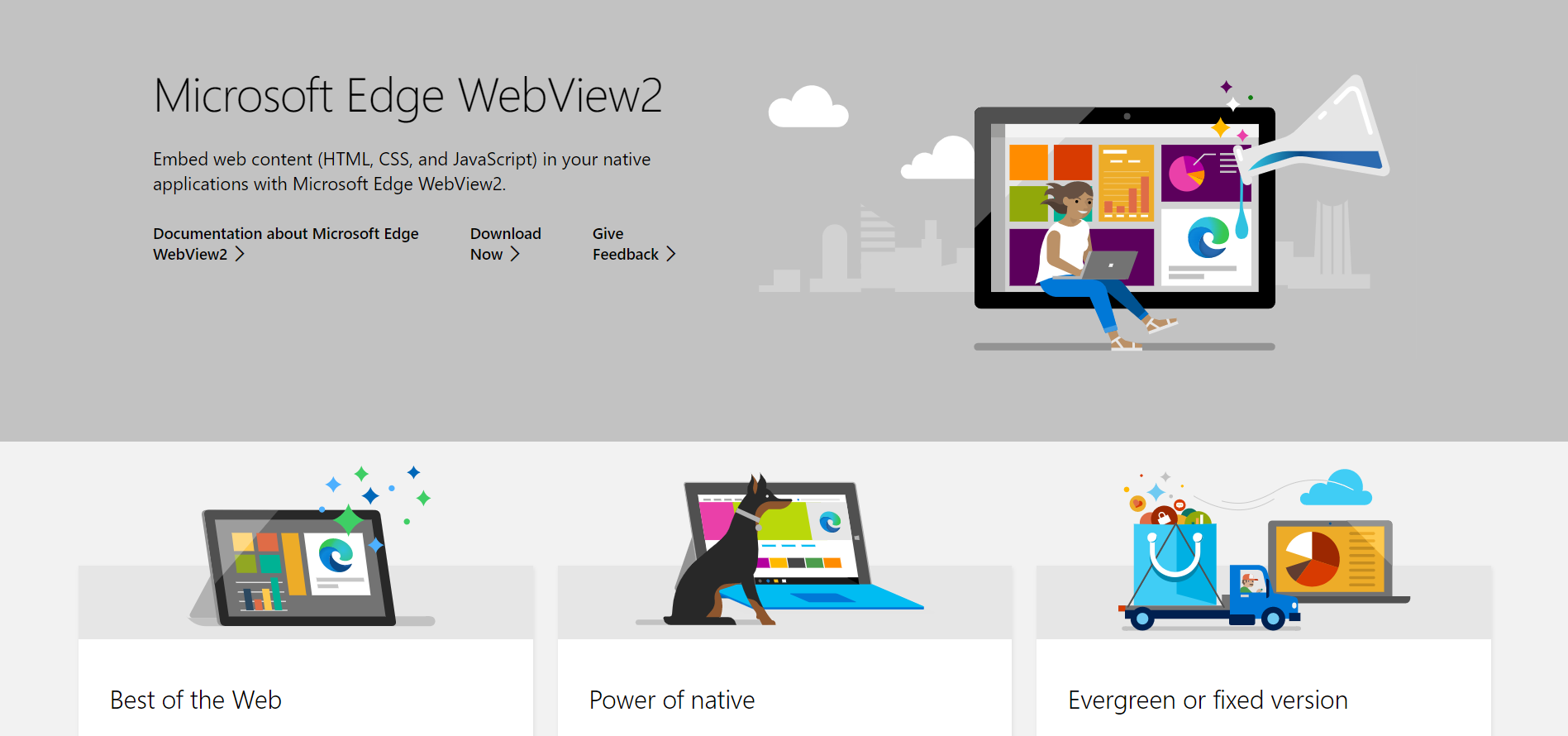High
CVE-2023-24892
CVE ID
AttackerKB requires a CVE ID in order to pull vulnerability data and references from the CVE list and the National Vulnerability Database. If available, please supply below:
Add References:
High
(1 user assessed)Moderate
(1 user assessed)Unknown
Unknown
Unknown
MITRE ATT&CK
Collection
Command and Control
Credential Access
Defense Evasion
Discovery
Execution
Exfiltration
Impact
Initial Access
Lateral Movement
Persistence
Privilege Escalation
Topic Tags
Description
Microsoft Edge (Chromium-based) Webview2 Spoofing Vulnerability
Add Assessment
Ratings
-
Attacker ValueHigh
-
ExploitabilityMedium
Technical Analysis
CVE-2023-24892:Microsoft-Edge-(Chromium-based)-Webview2-Spoofing-Vulnerability

Description:
The Webview2 development platform is vulnerable to Spoofing attacks.
The attacker can build a very malicious web application and spread it to the victim’s networks, by using a malicious server for this case,
and when they downloaded it and open it this can be the last web app opening for them. The web application contains a malicious link and this URL can be absolutely dangerous for the victim who opened it.
STATUS: HIGH Vulnerability
[+]Exploit structure:
namespace CVE_2023_24892 { partial class Form1 { /// <summary> /// Required designer variable. /// </summary> private System.ComponentModel.IContainer components = null; /// <summary> /// Clean up any resources being used. /// </summary> /// <param name="disposing">true if managed resources should be disposed; otherwise, false.</param> protected override void Dispose(bool disposing) { if (disposing && (components != null)) { components.Dispose(); } base.Dispose(disposing); } #region Windows Form Designer generated code /// <summary> /// Required method for Designer support - do not modify /// the contents of this method with the code editor. /// </summary> private void InitializeComponent() { this.webView21 = new Microsoft.Web.WebView2.WinForms.WebView2(); ((System.ComponentModel.ISupportInitialize)(this.webView21)).BeginInit(); this.SuspendLayout(); // // webView21 // this.webView21.AllowExternalDrop = false; this.webView21.CreationProperties = null; this.webView21.DefaultBackgroundColor = System.Drawing.Color.Magenta; this.webView21.Location = new System.Drawing.Point(1, 49); this.webView21.Name = "webView21"; this.webView21.Size = new System.Drawing.Size(797, 402); this.webView21.Source = new System.Uri("https://www.pornhub.com/", System.UriKind.Absolute); this.webView21.TabIndex = 0; this.webView21.ZoomFactor = 1D; // // Form1 // this.AutoScaleDimensions = new System.Drawing.SizeF(8F, 16F); this.AutoScaleMode = System.Windows.Forms.AutoScaleMode.Font; this.ClientSize = new System.Drawing.Size(800, 450); this.Controls.Add(this.webView21); this.Name = "Form1"; this.Text = "CVE-2023-24892"; ((System.ComponentModel.ISupportInitialize)(this.webView21)).EndInit(); this.ResumeLayout(false); } #endregion private Microsoft.Web.WebView2.WinForms.WebView2 webView21; } }
Reproduce:
Proof and Exploit:
More:
Time spend:
03:00:00
Would you also like to delete your Exploited in the Wild Report?
Delete Assessment Only Delete Assessment and Exploited in the Wild ReportCVSS V3 Severity and Metrics
General Information
References
Additional Info
Technical Analysis
Report as Emergent Threat Response
Report as Zero-day Exploit
Report as Exploited in the Wild
CVE ID
AttackerKB requires a CVE ID in order to pull vulnerability data and references from the CVE list and the National Vulnerability Database. If available, please supply below:
